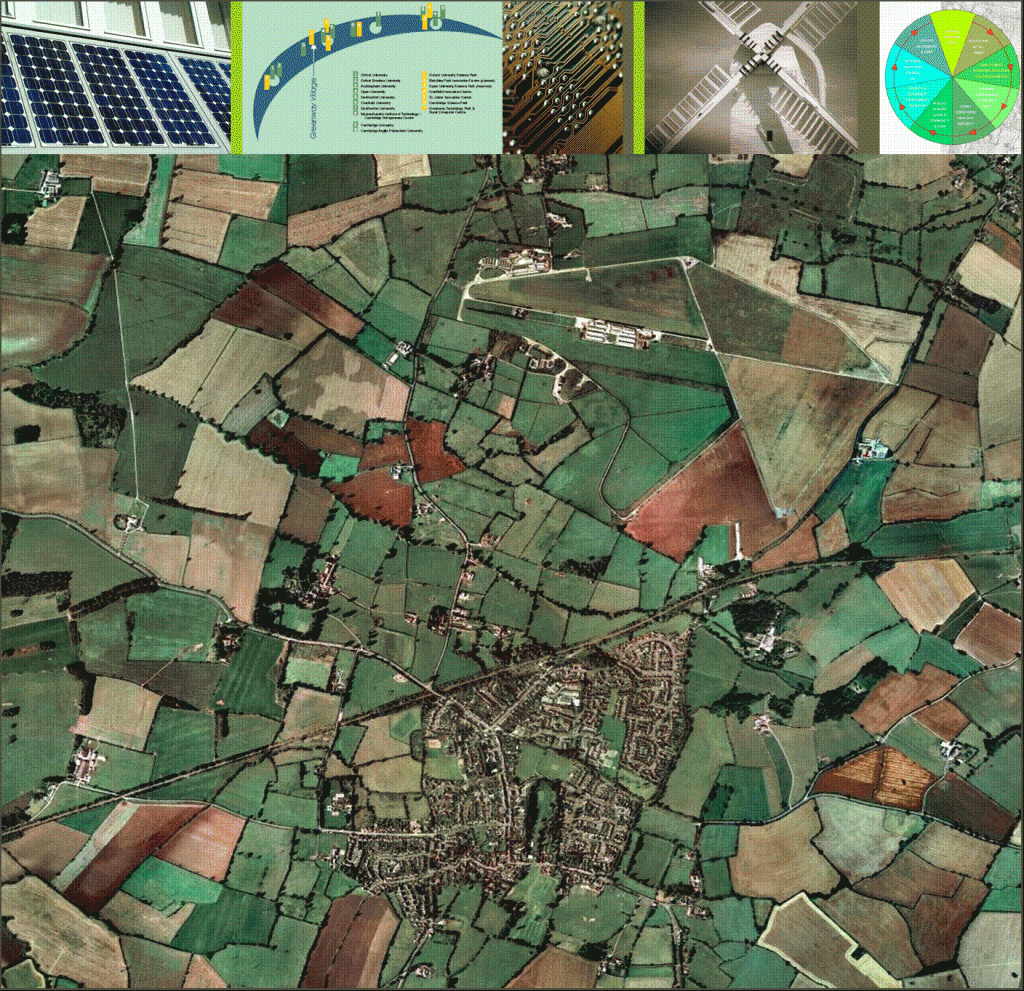
We have a unique way of working with our clients. We are a solutions provider, so much more than just being a supplier of architecture and design services. We like to work alongside our clients and other design professionals. This collaborative business culture is geared to smarter ways of operating, enabling us to achieve high standards of delivery and performance within budget and time constraints.
Sustainability is a core component of all our work. Our award winning architects look to maximise the opportunities that a site reveals. This results in buildings that comprise creative environmental, space or cost saving solutions.Greenway Sustainable Village, Buckinghamshire UK
ONE20 has worked for many years on the Greenways Masterplan development.
The Greenways Sustainable Village Masterplan began in 2003. The site is in Buckinghamshire in the corridor between the University cities of Oxford and Cambridge. It concentrates on integrating sustainable sciences with best practice environmental design to transform a disused airfield into a SMART village with a highly innovative rural enterprise and technology park. With Covid 19 changing the way we work, the latest sustainable technology facilitates home teleworking and energy conservation. Environmental initiatives are integrated via a unique H2EV hydrogen based system which combines waste, water and energy sustainability. Greenways is costed at 2.4 billion UK pounds including upgrades public rail. Education and research is at the heart of its location. The development has links to a number of research universities including Oxford University, The University of Buckingham, Oxford Brookes University, Open University, De Montfort University, Cranfield University, MIT, Cambridge University, and Anglia Polytechnic University. It is also connected to a number of science hubs such as Oxford University Science Park, Bletchley Park Innovation Centre, Open University Science Park, Cranfield Innovation Centre, St Johns Innovation Centre, Cambridge Science Park and Cambridge Entrepreneur Centre. The development stretches over 200 Hectares and is predominantly privately funded. The project builds upon the ideas initially developed in the winning entry for the UK Design Innovations in Housing and Sustainability Competition for the SEEDA Maritime area in Chatham. The scheme integrates the technologies of solar, ventilation, insulation and glazing with more revolutionary concepts such as 3D printed buildings constructed from recycled materials. The scheme links the site to the train station with a green roofed link. Along the pedestrian route one encounters a living landscaped bridge. Individual houses within the scheme are designed to be environmentally sustainable. The scheme acts as an incubator of several environmental initiatives. Some dwellings are designed as Passive houses, whilst others integrate the latest in active technology where the residence acts as an environmental machine that responds to changing weather conditions. Other dwellings are designed as modular constructions that save resources at the supply end. Greenways demonstrates Adrian’s ability to introduce principles of sustainability into small scale renovations of single dwellings right up to the largest infrastructure developments.

